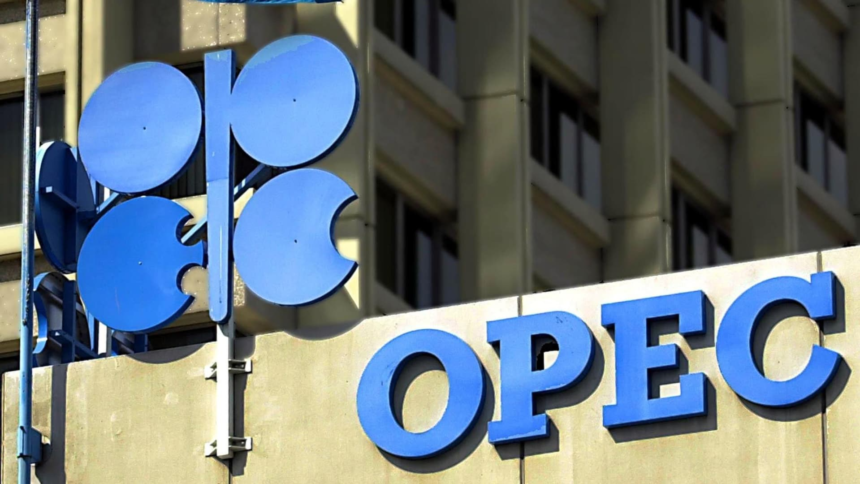Introduction
In a highly anticipated move, OPEC+ has confirmed that it will maintain elevated oil production levels through June 2025. This strategic decision comes amid ongoing global economic uncertainties and fluctuating demand patterns. For energy analysts, traders, and everyday consumers, this announcement signals significant ripple effects across global oil markets and fuel prices. In this article, we explore the top five impacts of the OPEC+ oil output strategy.

1. Crude Oil Prices Could Remain Stable—For Now
By maintaining current output levels, OPEC+ aims to stabilize prices that have hovered around $85 per barrel. This move is likely designed to avoid market shocks while keeping prices high enough to support member economies, particularly those heavily reliant on oil revenue like Saudi Arabia and Russia.
2. Increased Supply May Offset Asian Demand Growth
With India and China ramping up post-pandemic industrial production, demand for energy is rising. OPEC+’s steady production helps meet this growing need without causing major price spikes, potentially smoothing trade relations and supply chains across Asia.
3. Pressure Mounts on U.S. and Shale Producers
High OPEC+ output levels keep global prices competitive, which could undermine the profitability of American shale producers. While U.S. companies benefit from price stability, they may also face tighter margins and reduced global share.
4. Fuel Prices May Stay Elevated for Consumers
Despite stable crude prices, downstream effects like refinery costs and distribution disruptions could mean fuel prices at the pump remain high in many countries. This could further strain household budgets and increase inflation concerns in the West.
5. Geopolitical Influence of OPEC+ Strengthens
This production strategy underscores OPEC+’s continued relevance in global energy policy. As Western nations push for energy diversification and renewables, OPEC+ is reinforcing its dominance in conventional energy, shaping diplomatic negotiations and trade agreements worldwide.
Conclusion
OPEC+’s decision to maintain elevated oil output in June 2025 is more than a routine announcement—it’s a calculated move that will reverberate across economies, industries, and households. Whether you’re an investor, policymaker, or consumer, understanding these impacts is essential for navigating the volatile energy landscape. Stay tuned for more updates as market responses unfold throughout the summer.
Related Reading: How Rising Fuel Costs Affect Inflation










